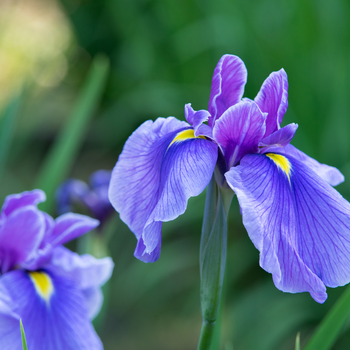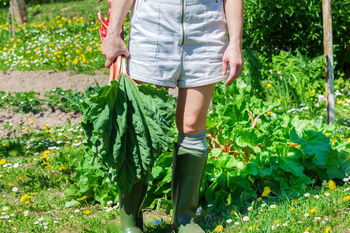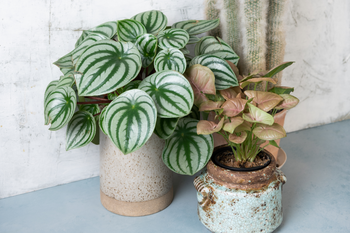
As the vibrant hues of summer flowers begin to fade, it's time for gardeners to start thinking about the next phase of their garden's life cycle. Autumn is not just about raking leaves and cosying up by the fire; it's also a crucial time to prepare your perennial plants for the seasons ahead. One essential task to consider is dividing your perennials. Dividing perennials in the autumn ensures their health and vigour while also giving you more plants to enhance your garden or share with friends and fellow garden enthusiasts. In this blog, we'll explore why, when, and how to make note of perennials to divide in the autumn.
Why Divide Perennials?
Dividing perennials serves several purposes, each contributing to the overall well-being of your garden:
- Rejuvenation: Over time, perennial plants tend to grow overcrowded and may start to exhibit reduced flowering, stunted growth, or even die out in the centre. Dividing them allows you to rejuvenate the plant, providing more space for root growth and improved access to nutrients.
- Propagation: Dividing perennials is an excellent way to create new plants. You can transplant these divisions to other areas of your garden, expand your garden, or share them with friends and family, spreading the joy of gardening.
- Pest and Disease Control: Some pests and diseases can build up in the centre of a crowded perennial clump. By dividing and spacing out your plants, you reduce the risk of infestations and make it easier to spot and address problems early.
When to Divide Perennials?
Autumn is the ideal time for dividing most perennials. Typically, you'll want to schedule this task for the late summer to early autumn period, when the weather starts to cool down, and the plants are preparing for dormancy. Dividing at this time allows them to establish new roots before winter sets in, ensuring a strong start in the following spring.
Which Perennials to Divide?
Not all perennials need dividing, so it's essential to identify those that will benefit the most from this process. Some common candidates for division include:
- Hostas: These shade-loving plants tend to become overcrowded, making division essential for maintaining their health and appearance.
- Daylilies: These prolific bloomers can become crowded over time, resulting in fewer flowers. Division rejuvenates them and promotes better flowering.
- Irises: Dividing irises every few years helps prevent rot and keeps them vigorous and blooming.
- Peonies: When peonies become overcrowded, their blooms may diminish in size and quality. Dividing can help restore their vitality.
How to Divide Perennials
The process of dividing perennials is relatively straightforward:
- Prepare: Water the plants thoroughly a day or two before dividing to ensure they're well-hydrated. Prepare new planting holes for the divisions in advance.
- Lift: Carefully dig up the entire plant, trying to preserve as much of the root system as possible.
- Divide: Use a sharp knife or a garden fork to divide the plant into smaller clumps, ensuring each division has healthy roots and shoots.
- Replant: Place the divisions in their new holes, making sure they're at the same depth as they were previously. Water well to settle the soil and remove any air pockets.
- Mulch: Apply a layer of mulch to conserve moisture and protect the newly divided plants from temperature fluctuations.
- Care: Water regularly until the ground freezes, and keep an eye on the newly divided perennials to ensure they establish themselves before winter. By making note of the perennials you plan to divide in the autumn, you can create a garden that continues to thrive year after year.
Dividing these plants not only promotes their health and vigour but also gives you the opportunity to expand your garden or share the joy of gardening with others. So, as autumn approaches, take a stroll through your garden, make a list of the perennials that need attention, and get ready to rejuvenate your outdoor oasis. Happy gardening!




